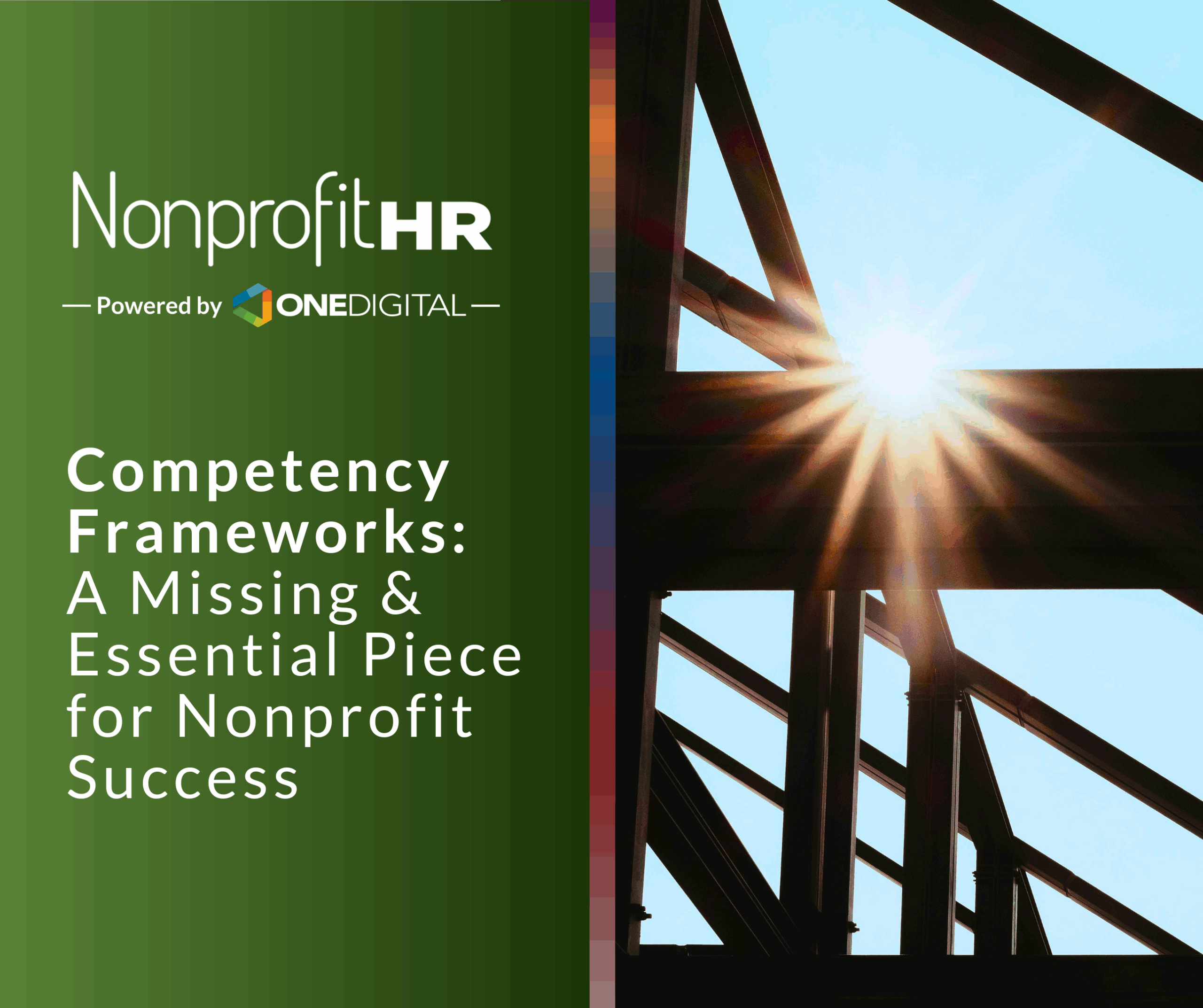WTOP: 5 ways nonprofits can…
In today’s workplace, it is essential for leaders to recognize that a central part of the role is attending to the emotional and psychological needs of their team. In fact, the most recent State of Nonprofits Survey from the Center for Effective Philanthropy reveals that 95% of nonprofit CEOs are concerned about burnout at their organization and over 50% of those CEOs reported feeling more burnout themselves than in previous years. As stress, burnout and trauma show up in the office or on Zoom calls, leaders are being called to respond.
Trauma-informed leadership responds to that call. It compels leaders to recognize the full humanity of their workforce and to respond with compassion. A trauma-informed leader acknowledges the widespread impacts of trauma and uses this information to inform organizational policy and practice. Ultimately, this approach creates a workplace environment that reduces harm and promotes healing.
Leading with a trauma-informed lens requires an understanding of trauma. Trauma is defined as an event, series of events or circumstances experienced as physically or emotionally harmful or threatening (SAMHSA). Trauma-informed leadership requires realizing that the same experience may have a different impact on different individuals depending on their personal history, exposure to systemic harms and unequal distribution of resources, care and opportunities for healing. A traumatic response occurs when the precipitating event or series of events overwhelms an individual’s existing coping mechanisms. A trauma-informed leader understands that, ultimately, these circumstances can affect the productivity and performance of a team member and responds with skilled compassion.
In a scenario in which a team member who typically performs at a high level by consistently meeting deadlines and producing quality outcomes has a sudden change in performance marked by tardiness, poor communication, and last minute or overdue work, a trauma-informed leader minimizes harm by creating space for a safe conversation that begins with a check in about the holistic being and functioning of the worker. This gives an opportunity for the leader to understand circumstances that may be impacting the employee and for the employee to benefit from leadership that provides a safe space for sharing. If, in fact, the employee is experiencing a personal situation with extenuating circumstances, the leader can respond by offering empathy, adjusting expectations, and communicating support from leadership and from the team.
As demonstrated in the example above, a consistent commitment to a trauma-informed approach requires cultivation of physical and emotional safety in the work environment reinforced by the incorporation of the principles of trauma-informed leadership cited below:
- Trust and Transparency
- Empowerment
- Cultural Humility
- Collaboration
- Compassion
In the nonprofit space, these principles are of particular importance as the organization’s work can often be demanding and emotionally intense. In these environments, it is common for the work to take a toll over time, and the acknowledgement by leadership of factors that lead to secondary traumatic stress or burnout can provide validation to overwhelmed employees. It can also inform organizational practices that promote self-care, such as providing mental health days or flexible scheduling, creating space for reflection and processing, and ultimately cultivate an organizational culture of care.
Above all, it is imperative for leaders to recognize that they will also struggle at times. The flight attendant reminds us to put our own oxygen mask on first before assisting others. Similarly, effective leadership begins with ensuring we are self-aware, grounded and well-resourced. In times of turbulence — whether in the air or in the C-suite — a trauma-informed leader knows that we must attend to our own well-being before we can safely, intentionally and effectively support those we lead. An effective, trauma informed leader engages in self-reflection, practices self-compassion, and models vulnerability and boundary setting. After all, a leader’s capacity to support others starts with how well they care for themselves. A central part of the leadership role is showing up not just as a manager but as a whole person who recognizes that people come into work each day carrying the fullness of their lives. The trauma informed leader doesn’t just create a more effective, high-functioning organization, they also contribute to the creation of a more humane and just world.
Contributing Author
|
Bryan W. Jackson, MA |






























